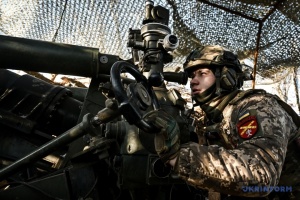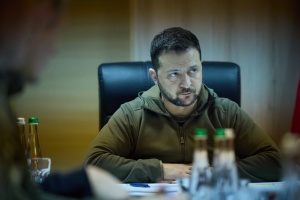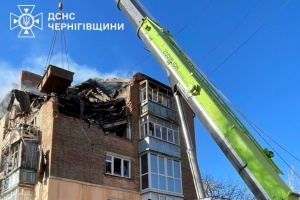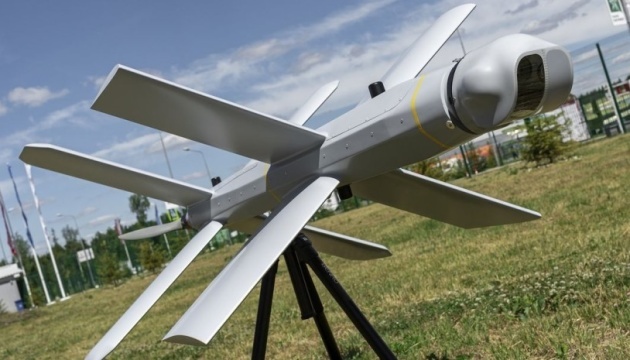
War of drones: 200,000 Lancets are fake, but threat is real
Recently, the Russian propaganda channel Russia 1 aired a report on the mass production of Lancet drones.
"The production of the legendary Lancets has increased 50 times since the beginning of the war. The exact number is not disclosed, but, according to the developers of the drones, each NATO tank that has not yet been brought to Ukraine has several barrage munitions," the story says.
In addition, it is reported that one of the main tasks of the developers is to establish uninterrupted supplies of drones to the Russian army: "When orders from the Ministry of Defense came last summer and the need to expand production arose, Zala Aero chief designer Alexander Zakharov came up with the idea to occupy shopping centers that Western companies had left and urgently deploy UAV assembly there. It's cheaper than building factories from scratch."
Subsequently, hostile Telegram channels also got involved, reporting that «200,000 Lancets have already been produced in Russia, and soon there will be a million in total." Although the aforementioned report by Russian zombie TV did not contain such figures.
In any case, it had its "effect".
The topic of increasing the production of Lancets was immediately discussed even in Ukraine. And no wonder, because these drones are really getting on the nerves of our soldiers at the front. However, as it turned out, it's not all bad. First, Lancets can be countered. Secondly, Ukraine has something to counter them with. Third, the information about the mass production of these drones rightly raises many doubts among experts.
Let's start with the latter...
THE "LANCET" FAKE: WHAT'S WRONG WITH THE KREMLIN PROPAGANDISTS' VIDEO
In fact, this report is complete nonsense, a sick fantasy of propagandists. If you look closely, everything there is sewn with white threads. Oleksandr Kovalenko, a military observer of the Information Resistance group, told Ukrinform.
"The report was filmed in the best traditions of Iranian propaganda, namely, with an obvious attempt to present the desired scale of production as real," he says.
First, the main part of the program, which featured a warehouse with Lancets, was filmed in a room where the idea of batches numbering in the thousands was not impressive.

"On the stands in the main shot, you can count 39 Lancets of various types and unknown degree of readiness," the analyst says.
Secondly, the report notes that the head of the company has to move around the production halls on a Segway, the production is so large.
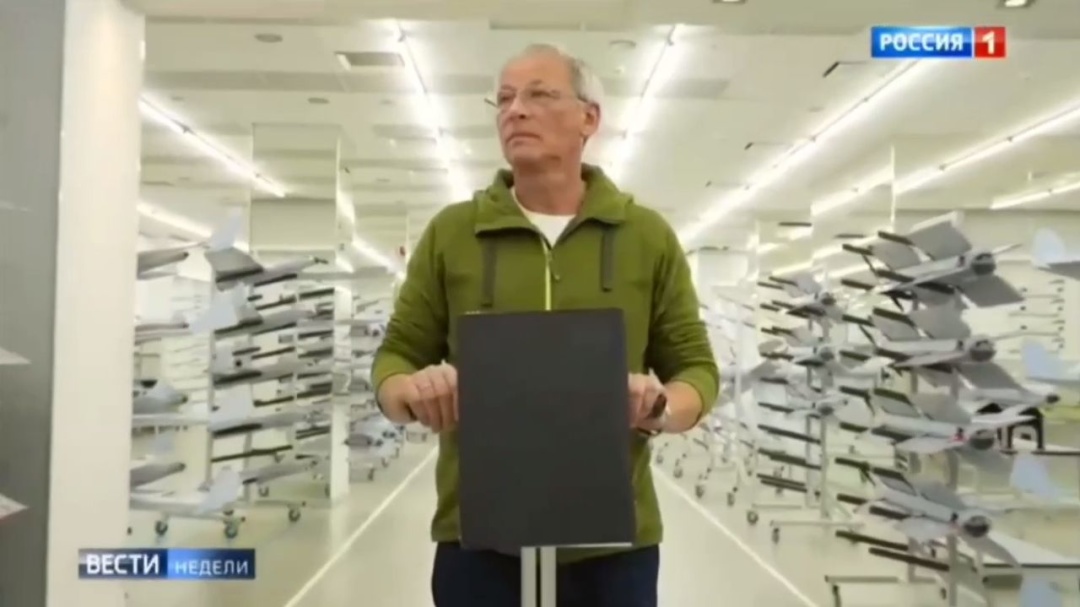
"But in general, in the report, most of the production workshops are office space," Mr. Kovalenko added.
Thirdly, the report makes it clear that there are only two production halls at the company and that Lancets are assembled manually.
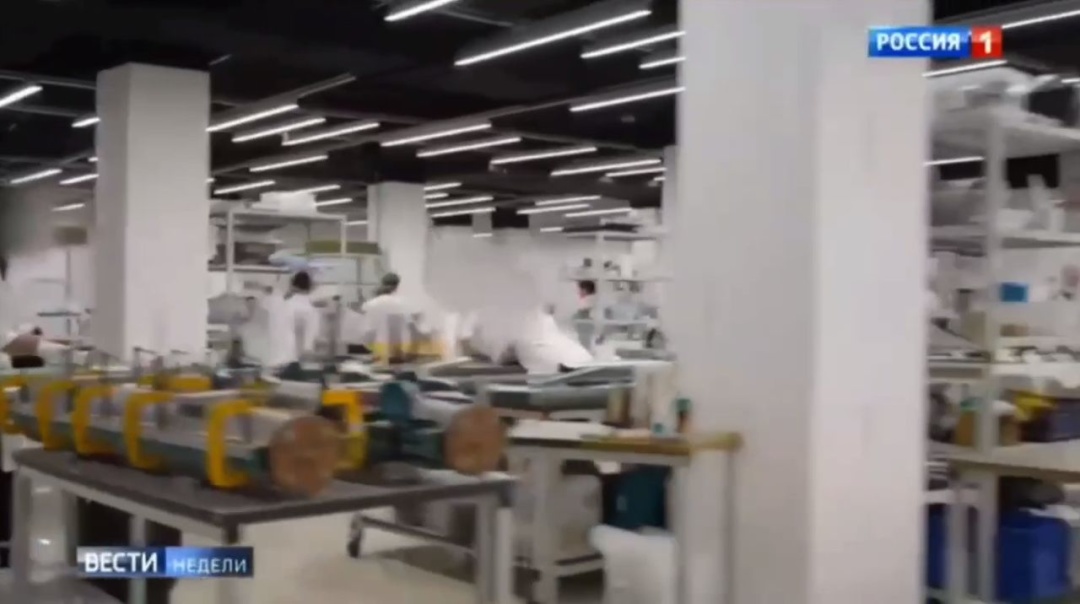
"That is, there is no automation of processes - manual labor of some 'serfs'. And what is the real pace and scale of such production?" - Mr. Kovalenko is ironic.
Fourthly, the expert noticed that the room where the finished Lancets were allegedly stored and which was constantly featured in the report, as if they had no other room, had columns with mirrors: "This is absolutely unacceptable at enterprises, because it creates a visual illusion that can lead to injuries. But for the Russian propaganda story, they obviously needed scale, and since they have only one warehouse, they put mirrors on to give them "scale" to make it seem like there was a lot of stuff."
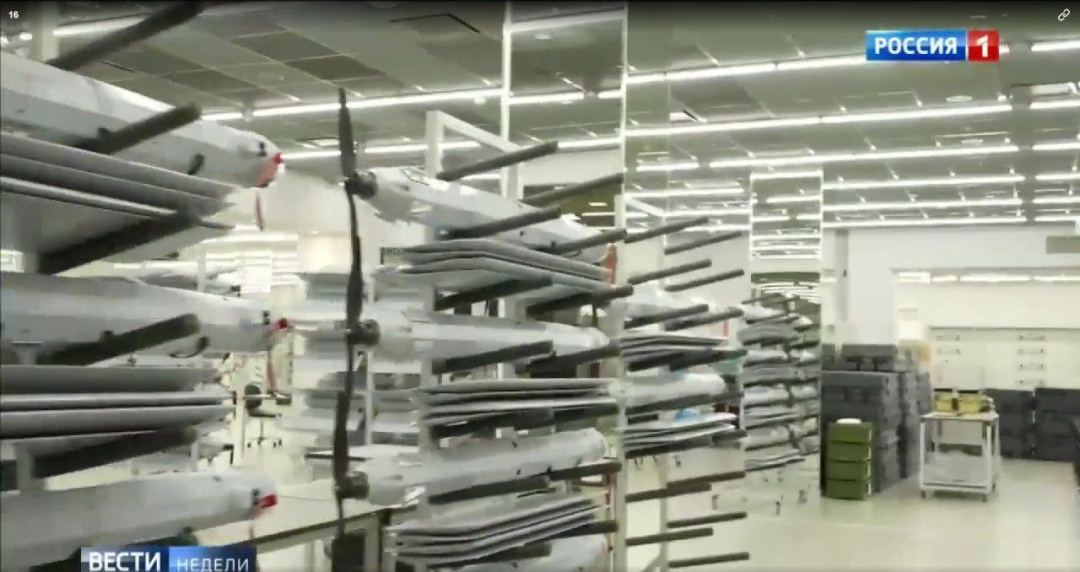
In fact, these are the Iranian methods, exaggerated scale in Russian implementation.
"But thanks to this report, it becomes clear that the scale of Lancets production, on the contrary, is much more limited than it might seem at first glance," the military expert added.
But Russian propaganda did not stop.
"After this report, Skabeeva also had a program dedicated to Lancets. It was stated that Russia produces 40-45,000 of them per month. This is nonsense. It is unrealistic to produce even 1000-2000 Lancets by hand in a month, let alone 40,000. Especially if you have only two workshops. Why two? Because they didn't show more, because they simply don't exist," says Oleksandr Kovalenko.
Finally... Each Lancet can shoot video in real time: "Hence the question: if the Russians produce 40-45,000 Lancets per month, where is the corresponding number of videos of destroyed or damaged Ukrainian equipment? Of course, the Russian propaganda publishes the relevant videos, but not thousands, but a few dozen at most. So... The occupiers do not produce any 200,000, 40,000 or even a 1000 "lancets" every month. 50-100 units is closer to reality. No more."
In general, according to Mr. Kovalenko, the Russian military-industrial complex is in a depressing state. It is unable to produce a large number of new weapons and has become just a large repair base.
"During the Second World War, the entire Soviet military-industrial complex worked to produce tanks, artillery, etc. And now the Russian military-industrial complex is primarily a large repair base. They are able to remove from conservation, restore, maintain, repair, and modernize - they can do that. But they cannot produce large quantities of new equipment. For example, to produce a new T-72 tank, Russia needs to restore and launch 16,000 production processes that have simply disappeared over the decades, because a quarter of a century has passed since 1998, when the last production T-72 was produced. They need to start from scratch," says the military and political observer of the Information Resistance group.
At the same time, he said, the Lancet is indeed "a problem that is very difficult to solve with the available means and to provide 100% counteraction."
"LANCET": WHAT IT IS AND HOW IT IS PESTERING UKRAINIAN DEFENSE FORCES AT THE FRONT
The Lancet is a Russian barrage munition. It is produced by ZALA Aero, a subsidiary of the Kalashnikov concern. Two modifications are known: the more compact Lancet-1 and the more powerful Lancet-3.
Their characteristics:
- Maximum takeoff weight - from 5 to 12 kg (depending on the modification);
- Weight of the warhead - from 1 to 3 kg (depending on the modification);
- Speed during horizontal flight - from 80 to 110 km/h;
- Speed during diving - up to 300 km/h;
- Type of warhead - high-explosive and fragmentation, as well as fragmentation (depending on the modification);
- Flight radius - up to 40 km;
- Flight time - from 30 to 40 minutes (depending on the modification).
"The Lancet-1 has an insufficiently powerful warhead - a kilogram of explosive. The occupiers use it mainly against manpower, vehicles, lightly armored vehicles, and artillery, such as towed howitzers M777, D-20, and D-30. Therefore, the effective defeat of medium- and heavy-armored vehicles by Lancet-1 is out of the question," says Oleksandr Kovalenko.
The modified version, Lancet-3, can even hit tanks, but its power is not enough to penetrate the frontal armor of a tank. At the same time, the Lancet-3 is maneuverable enough to fly to the less protected sides.
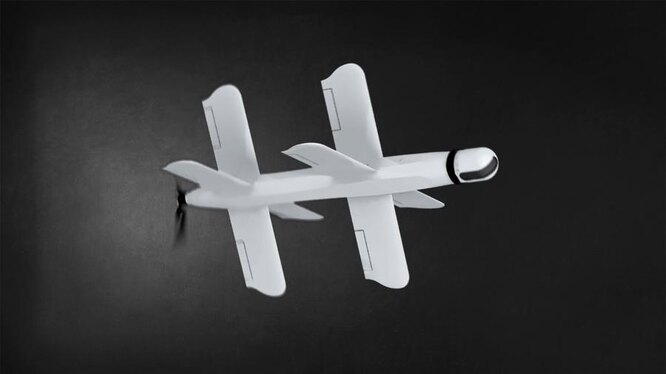
"The Lancet-3 carries 3 kilograms of explosive and is capable of destroying almost all types of vehicles. For example, it can penetrate the American MaxxPro armored vehicle. Unlike the previous version, this one is more dangerous," emphasized the observer of the Information Resistance group.
Independent analysts at Oryx, who monitor video recordings of recorded Lancet strikes, say that the occupiers most often use these drones to destroy artillery.
As of March 2023, Oryx recorded 43 strikes on artillery installations, including 155-mm howitzers provided by the United States, as well as other important targets behind the front line, including 7 anti-aircraft missile systems, 11 radars, and 2 command posts. In addition, 11 tanks and 9 other armored vehicles were destroyed or damaged by the "lancets".
"In total, as of March 2023, the Russians were able to hit 113 targets with Lancets," Oryx writes.
"Tanks are attacked less often... Perhaps because artillery is now more important than tanks. Artillery accounts for up to 90% of fire damage. So, obviously, artillery is the most valuable target for Russian Lancets. For towed howitzers, such as the American M777 or Soviet counterparts, high-explosive ammunition is a real threat. And first of all, not even for the howitzer itself, but for the crew, that is, the people who service it," says Pavlo Narozhnyi, a volunteer who specializes in artillery support.
The problem with the M777 howitzers (and similar towed howitzers) is that they cannot be assembled very quickly.
"A self-propelled vehicle turns the barrel in the direction of travel and drives off. And a howitzer on a tractor mostly needs to be buried. Although in general, assembling a howitzer is easier than installing it. But it is still a process that even at best will take 5-10 minutes. And if the howitzer has already been spotted by a drone, it is likely that it will not be assembled in time. This is a general problem for all artillery, which cannot travel on its own. That is why during all communications with the allies, the Ukrainian side first of all asks for UAVs," emphasized Mr. Narozhnyi.
As you can see, there is indeed a problem. But there are also ways to solve this problem, although not 100%.
ARE THE ARMED FORCES OF UKRAINE CAPABLE OF EFFECTIVELY COUNTERING LANCETS?
Yes, they can. Here are a few ways.
The simplest defense option is to use a steel cable to stretch a netting over the gun. Even if the drone explodes, when it hits such a net, it will cause much less damage than without it. The netting increases the likelihood that the artillery system will remain intact, and that people around it will survive, even if they are concussed.
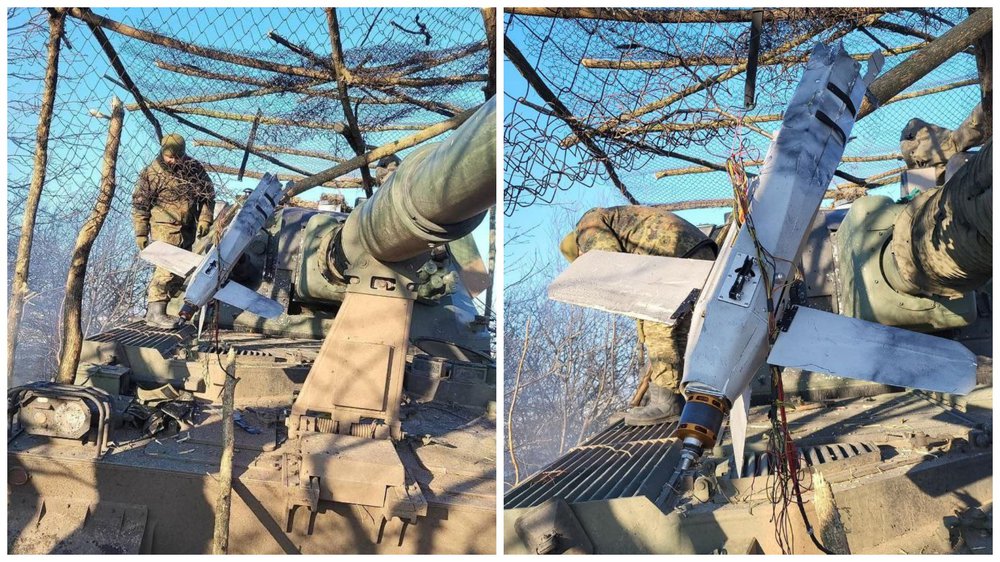
"Or even better, a double-tensioned mesh protection. It is cheap and effective. Especially when we are talking about Lancet-1. Some of these UAVs have even been captured as trophies because they simply got tangled in the nets. However, the net does not always save from the modernized Lancet-3. Why? Because, firstly, it has a cumulative warhead, and secondly, it can be remotely detonated," says Oleksandr Kovalenko.
Method #2. Electronic warfare means
In general, it is enough to suppress the control signal or video, and this drone becomes completely helpless. Today, we have several types of electronic warfare, one of the most famous being Bukovel. It can jam Lancet at a distance of about 10 km.

However, the EW may also have problems with Lancets. This is what one of the Ukrainian EW commander told "TEXTY" publication: "First, there are reconnaissance UAVs with the same signal as the Lancet. Secondly, the UAV, the same Lancet, can fly in radio silence mode, so it cannot be detected by the signal in advance. Thirdly, the electronic warfare system suppresses the signal receiver."
Method #3. Short-range air defense systems and small arms
"Short-range anti-aircraft missile systems and anti-aircraft self-propelled artillery systems are quite effective against Lancets," emphasizes Oleksandr Kovalenko.
Advisor to the Minister of Defense of Ukraine Yuriy Sak agrees with him: "The best defense against drones could be Gepard anti-aircraft guns, because they are mobile, can move quickly and have good radar. And also Tunguska and Shilka.
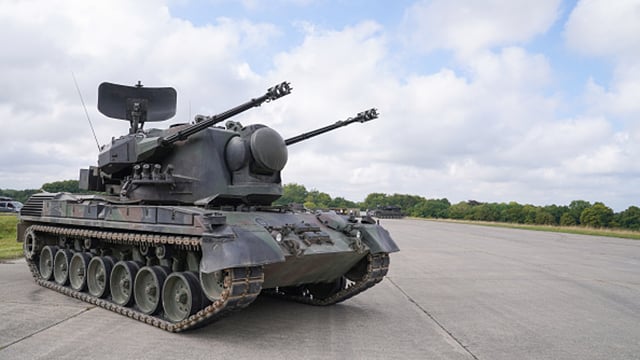
And man-portable air defense systems such as Stinger, Starstreak, Martlet or Polish Piorun.
"After all, you can hit Lancets using small arms. But the enemy uses them in areas where the Armed Forces of Ukraine do not have such a high density of air defense and electronic warfare systems, so one hundred percent protection against these drones is impossible," Mr. Kovalenko emphasized.
Method #4. "Cutting off oxygen" for the Russian military-industrial complex
Lancets still use foreign-made components. For example, the Lancet uses the Jetson TX2 module of the American company NVIDIA as onboard control equipment, and the Xilinx Zynq SoC module of the American company Xilinx to implement programmable logic. This does not necessarily indicate a violation of export controls. Most likely, it is smuggling. However, this situation clearly shows the path that Ukraine and its international partners should follow: increasing export restrictions and constant monitoring and identification of new shadow supply chains should eventually "cut off the oxygen" for Russian defense companies and drone manufacturers in particular.
UKRAINE HAS SOMETHING TO COUNTER
First, as part of military assistance, international partners constantly provide the Armed Forces of Ukraine with the necessary means, including attack drones. For example, we receive the Switchblade 300, Switchblade 600, Phoenix Ghost, etc. from the United States alone. The latest $1.3 billion package also includes the aforementioned "birds". It also includes means of countering UAVs and electronic warfare. We cannot ignore the news from our Baltic friend Lithuania, where the "Drone Songs" campaign has been launched to raise 300,000 euros to purchase 500 kamikaze drones for the Ukrainian military. The campaign will last until August 24.
Second, we should mention the Army of Drones. As of May, almost 4,000 drones [the nomenclature is not disclosed, it is only known that a significant part of the drones are Ukrainian-made] have been contracted under the project for more than UAH 4.1 billion. Mykhailo Fedorov, Minister of Digital Transformation of Ukraine, said that the Army of Drones had destroyed millions of dollars worth of occupiers' equipment from July 10 to 17. In particular: minus 12 tanks, 15 armored combat vehicles, 2 self-propelled artillery systems, 5 guns, 1 MLRS, 20 strongholds, 8 trucks, 16 radio equipment, 8 fuel depots.
Thirdly, according to Defense Minister Oleksii Reznikov, the Armed Forces of Ukraine already have more than 20 new models of Ukrainian drones in service. Direct quote: "We have gathered 82 purely Ukrainian manufacturers. They volunteered to make them, and we have already adopted more than 20 new drones, which are now very successfully destroying orcs and their equipment."
Fourth, the needs of the Armed Forces of Ukraine are also met through volunteer procurement [a similar movement is hardly developed in Russia] and large foundations and companies. For example, the same Serhiy Prytula Foundation purchases hundreds of commercial drones for the army, mainly Mavic 3 (China), Autel EVO (USA) and PD-1 (Ukraine).
That's the general picture. And now to be more specific: what do we produce ourselves - from the drone industry? A lot of things. We have selected those projects that have already proven their effectiveness in combat, passed certification and were put into mass production.
RAM II UAV
These are kamikaze drones manufactured by DeViRo. It was for these drones that Ukrainians raised UAH 352 million in one day after Russia's massive missile attack on Ukraine on October 10.
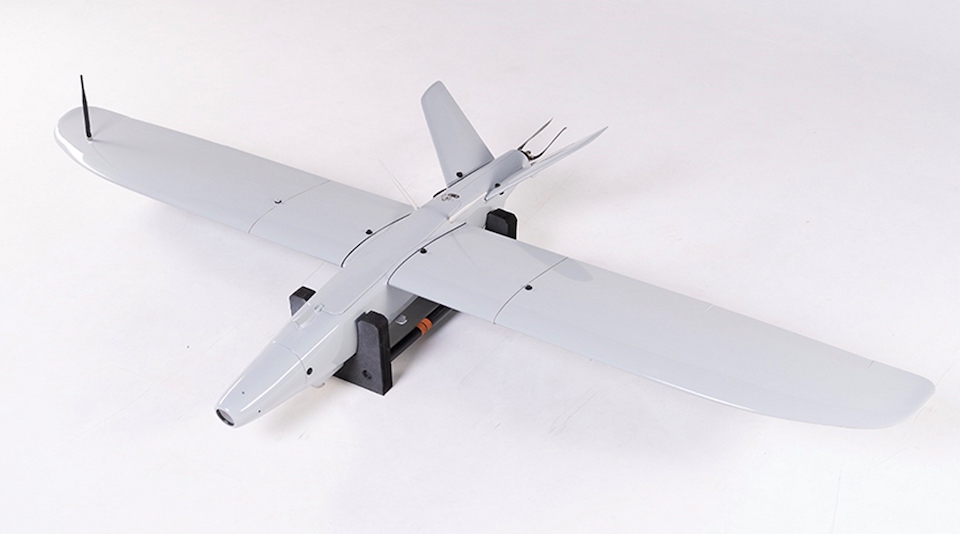
The RAM II UAV is a barrage munition developed on the basis of the Leleka-100 reconnaissance UAV. The flight radius is up to 30 km, flight time is up to an hour, cruising speed is 70 km/h, and the maximum altitude is 1000 m. The weight of the drone is 8 kg, including the weight of the warhead - 3 kg.
It is equipped with thermobaric, armor-piercing, and high-explosive munitions. The RAM II UAV is launched from a catapult from the ground or a pickup truck, with a deployment time of 10 minutes. It is used to destroy air defense systems, armored vehicles, and enemy manpower concentrations.
By the way, this drone can also perform a reconnaissance function, as it is equipped with a 10x zoom camera.
Punisher
This drone was developed by Ukrainian engineers, veterans of the Donbas war, who joined forces to form UA Dynamics.
The Punisher is a reusable strike drone for conducting precision air strikes behind enemy lines. Priority targets for the drone include command posts, electronic warfare facilities, air defense facilities, ammunition and fuel depots, and mechanized infantry.
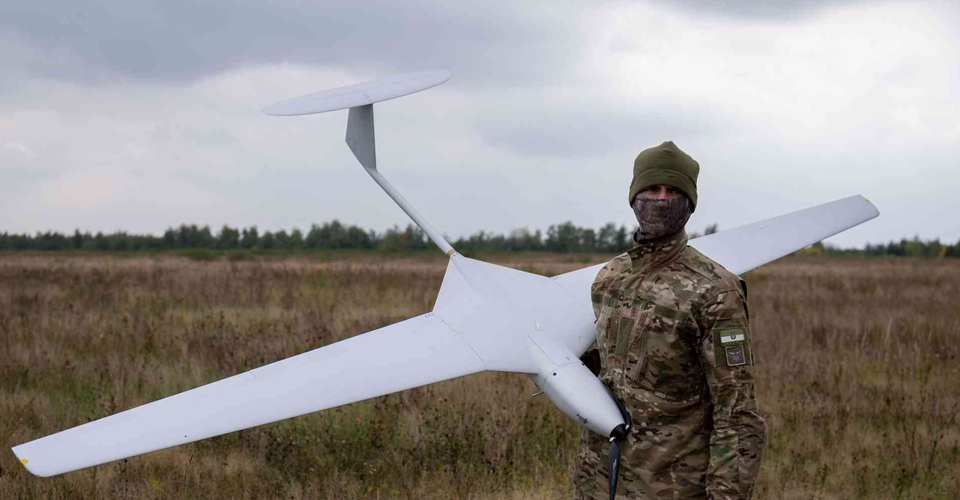
The flight range is 45 km, the speed is 190 km/h, and the altitude is 100-400 meters. The drone has an almost silent electric motor that leaves no heat trace.
It is reported that Punisher delivers precision strikes deep behind enemy lines. The drone can hit a target measuring 4 by 2 meters from an altitude of hundreds of meters and at a speed of more than 100 km/h.
R-18
This copter is the brainchild of volunteers from Aerorazvedka, who developed it during the first stage of the Russian-Ukrainian war. The drone has a flight radius of up to 8 km, can lift up to 5 kg of explosives, and can stay in the air for about 40 minutes.
The bombs used are Soviet RKG-3 anti-tank grenades or RKG-1600 bombs created on their basis by the Mayak plant. The R-18 drone is capable of carrying two bombs/grenades and dropping them from an altitude of 100-300 meters, hovering over the target. Using the RKG-1600 bomb, the R18 drone can hit a target within a 1-meter radius from an altitude of 300 meters.
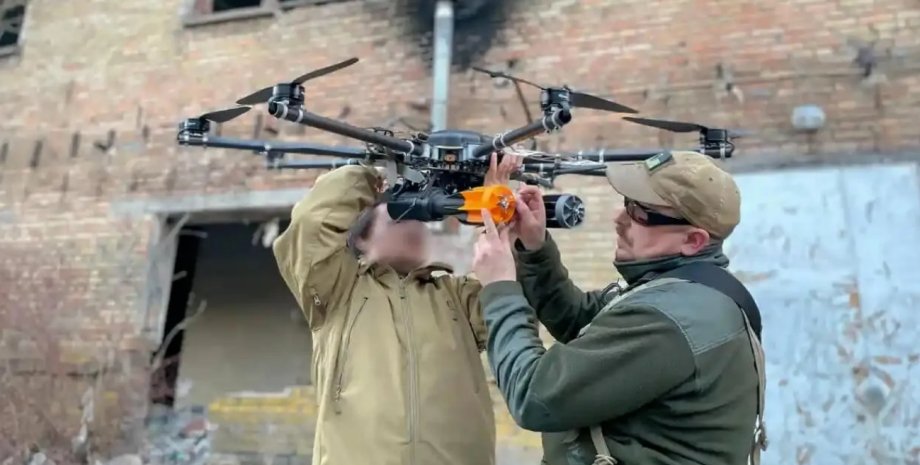
Reportedly, the main targets for these drones are headquarters vehicles, radars, self-propelled artillery systems, air defense systems and MLRS, rear warehouses, etc. However, enemy tanks have also been destroyed with their help.
COBRA
The drone was developed by engineers from Kryvyi Rih. This UAV is built like an airplane with three-meter wings and a powerful engine of its own production. "The Cobra is capable of carrying a payload of up to 15 kg over a distance of 300 km, reaching speeds of up to 150 km/h.
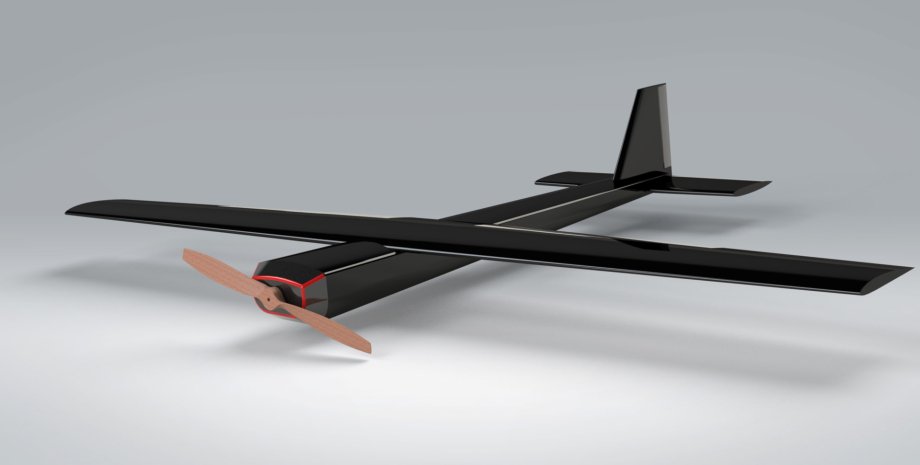
The developer of the Cobra, Vitaliy Bryzgalov, notes that COBRA takes three hours to assemble and is easy to manufacture; he has not yet disclosed any other features of this kamikaze drone.
Bat
There is little information about this UAV. It is only known that the Kazhan is a reusable drone that can lift various types of ammunition, reach speeds of up to 72 km/h and fly at a distance of up to 10 km. It works both in manual mode and according to predefined coordinates. As of the end of 2022, more than 170 such drones were in use in various units of the Armed Forces of Ukraine.
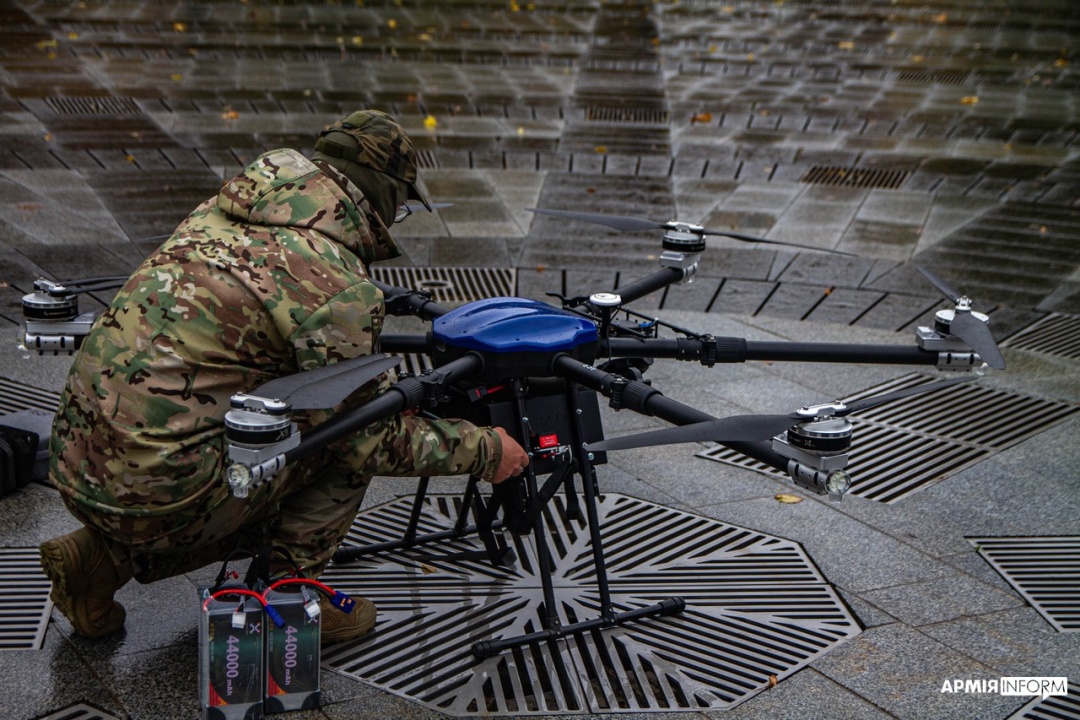
...To the list should be added a joint project of volunteers and the Armed Forces of Ukraine, who opened a drone factory in Odesa. They assemble 5000 (!) UAVs of various types in a month. In particular:
- Kamikaze drones. These "birds" are able to "work" on enemy targets - manpower and equipment - at a distance of up to 8 kilometers, even in conditions of electronic warfare.
- Bomber drones. The range is 15 kilometers, it has a camera with a tenfold zoom, and is armed with cumulative and fragmentation grenades weighing up to three kilograms each. It can drop six munitions simultaneously, or it can drop them pointwise, flying along a pre-planned trajectory.
Myroslav Liskovych. Kyiv


